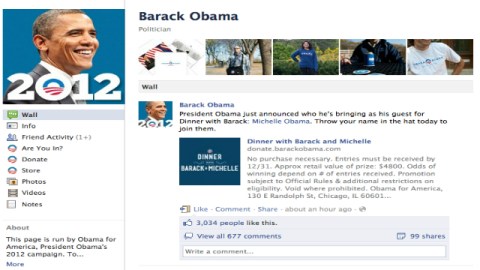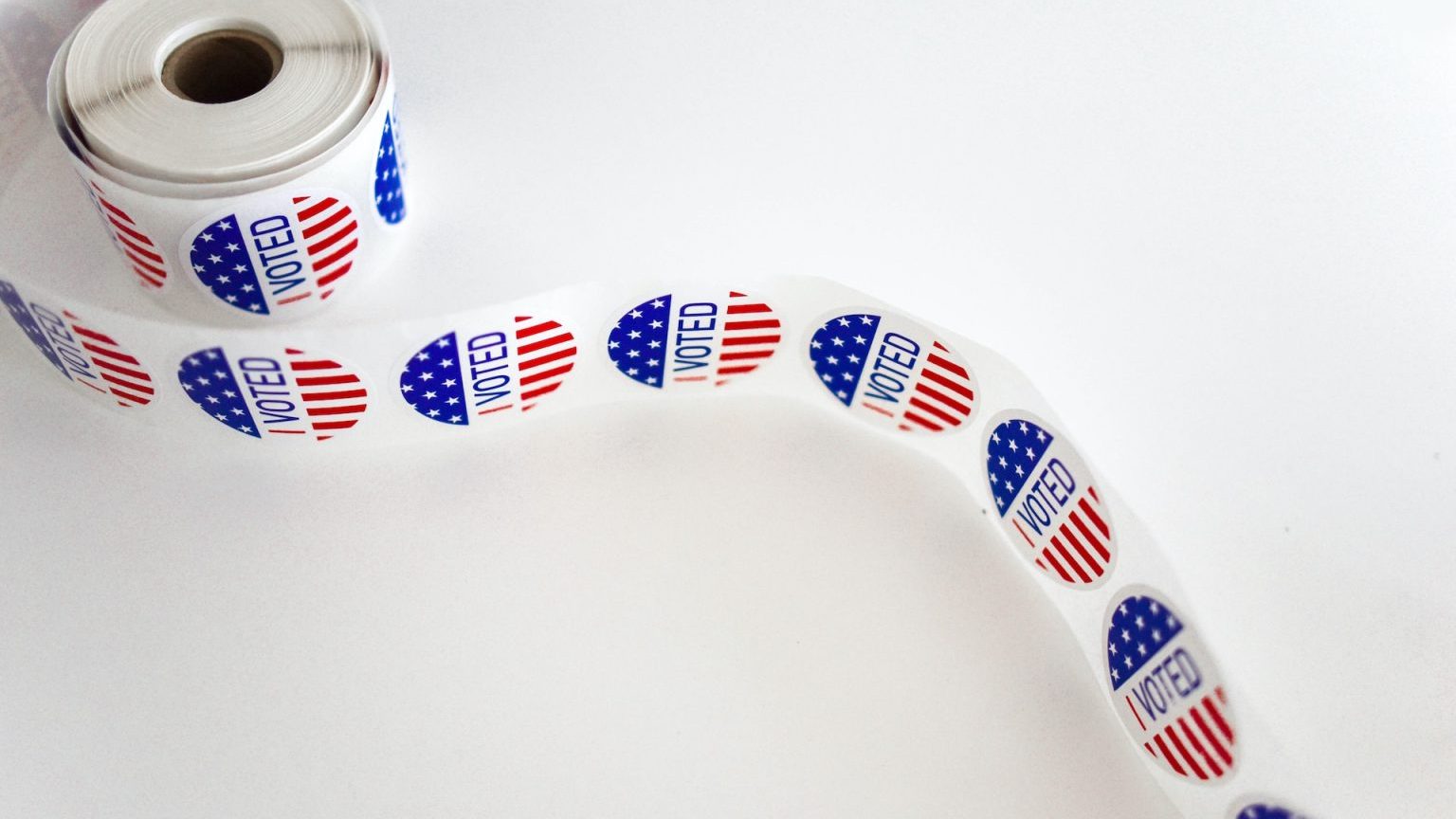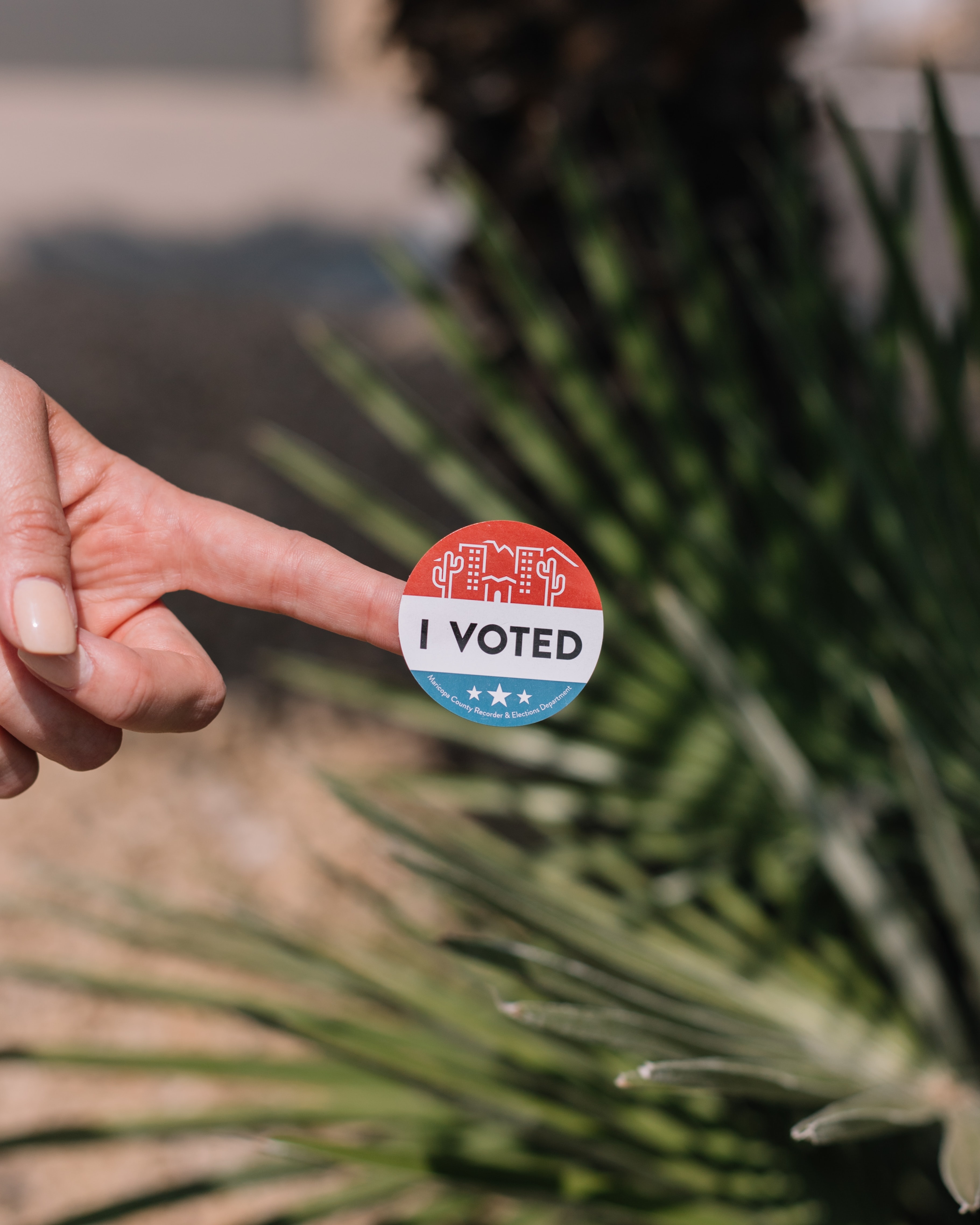America the Digital (Part 1)

Episode one of a miniseries on the Internet and the American Voter
Following the 2008 presidential election, in which Barack Obama raised an impressive $750 million thanks in part to small online donations, it seemed that the Internet had changed politics forever. For techies and media theorists, this was a dream come true. For several decades, people from Marshal McLuhan to Tim O’ Reilly had talked up information technology as a democratizing force that would one day enable individuals to participate in politics from the comfort of their homes. Now that an exciting young candidate had won the White House using grassroots support online, it seemed that the dream was on the verge of reality. With visions of Obama Girl dancing in their heads, pundits pronounced that the Internet had indeed revolutionized the political process and politicians had better adapt or be left behind.
Over the past few years, however, some of the optimism has worn off. With Washington mired in the usual partisan bickering, it sometimes feels like the Internet has changed nothing at all. Despite the best efforts of bloggers and online activists,many Americans continue to feel limited by their political options and excluded from the decision-making of the United States government. Thrilled to accept donations from the Internet, politicians have refused to embrace transparency or decentralize governance through digital means like online voting or crowd-sourced press conferences.Congress continues to employ procedures like the “hold”—which was first introduced to allow representatives time to ride to Washington on horseback—that are better suited for the pre-telegraph age than the digital age.
But digital optimists should not give up hope. Political influence may be as closely guarded as ever before, but more and more Americans are using the Internet to express their opinions, to make donations, and to organize behind causes. In February 2009, disaffected conservatives used a one minute clip from CNBC, forwarded from inbox to inbox, to spawn a grassroots movement that has been influencing legislation and tilting elections ever since. Before being adopted by the Koch Brothers and FreedomWorks, the Tea Party relied on social media to organize events and to donate money to its candidates.The movement’s success blindsided Washington and proved that liberals aren’t the only ones who can organize online—the Internet and social media are powerful political tools no matter who you are.
Like the Tea Party, Occupy Wall Street used YouTube clips to muster early support—in their case, videos of cops violently arresting protesters. The Occupiers have since taken things a whole lot further. By live streaming protests and creating Twitter feeds that are followed around the world, OWS has bypassed the usual means of communication and connected directly with people young and old. Actively emulating a digital social network, OWS has adopted an amorphous, leaderless structure meant to allow it to grow organically. This DIO—“do it ourselves”—approach makes the group a living counter-example to the insular and top-down structure of the federal government. Inspired by technology, people matter again.
Occupy Wall Street and the Tea Party have little in common culturally and ideologically, but they share a desire to participate and the technological means to do so. Yet will either group actually bring us closer to a more direct, more Athenian form of democracy? That is probably too much to ask.
Occupy Wall Street will most likely be content to equal the (somewhat exaggerated) influence of the Tea Party—supporting a few bills in Washington, tilting a few elections, maybe even sponsoring a few primary candidates. Like Facebook in its early days, OWS faces the dilemma of maintaining authenticity while attracting enough financial support to increase its momentum. If it decides to accept funding from unions and other vested interests, it will be making the same mistake that the Tea Party made when it aligned with the Kochs. If it decides not to accept funding, however, a lot of protesters will be very cold, very hungry, and very poor. It could be a long winter.
OWS and the Tea Party might not last forever, but the Internet is here to stay, and who can say where it will go from here? Digital pessimists—people like Cass Sunstein, Eli Pariser, and Matthew Hindman—make compelling arguments that the Internet dumbs down political discourse and polarizes the electorate. Yet their viewpoints, while rooted in rigorous empirical research, ignore the fact that this is just the beginning. The effect of the Internet so far gives little indication as to where it will go from here, or what the possibilities are if we can convince our leaders to use it to make governance more open and free. Nobody knows what the digital future holds, but we have to hope that it will make things better.




